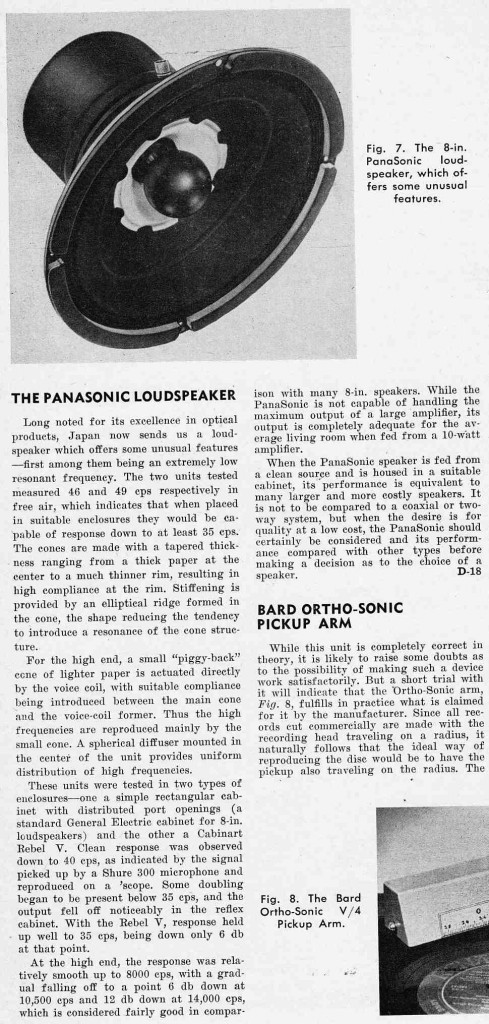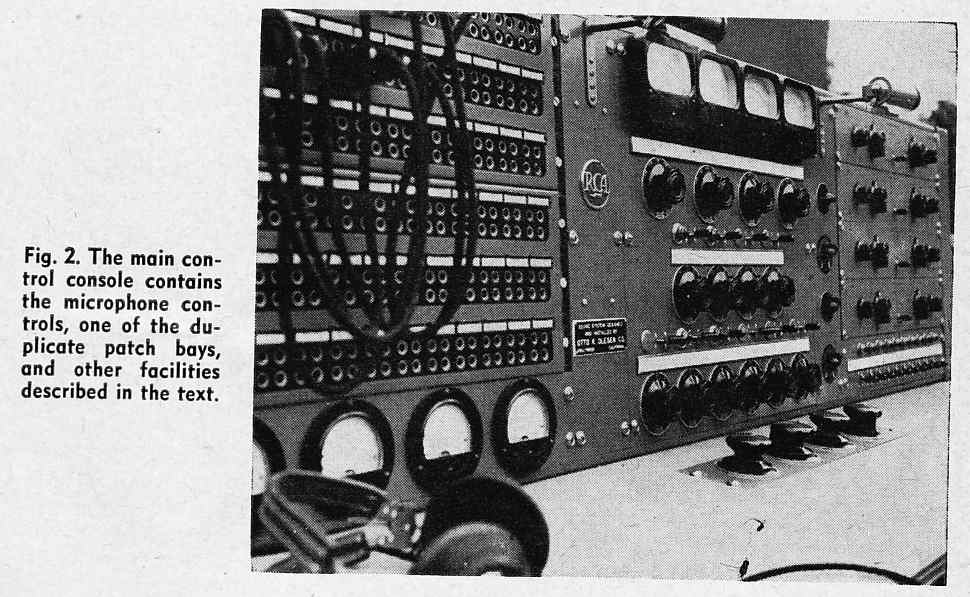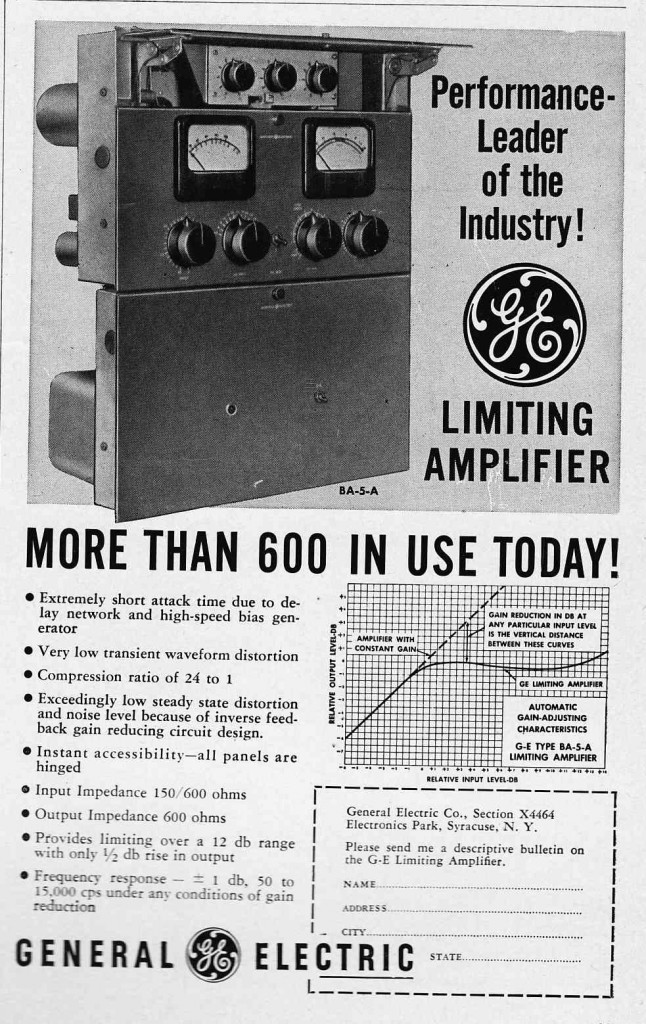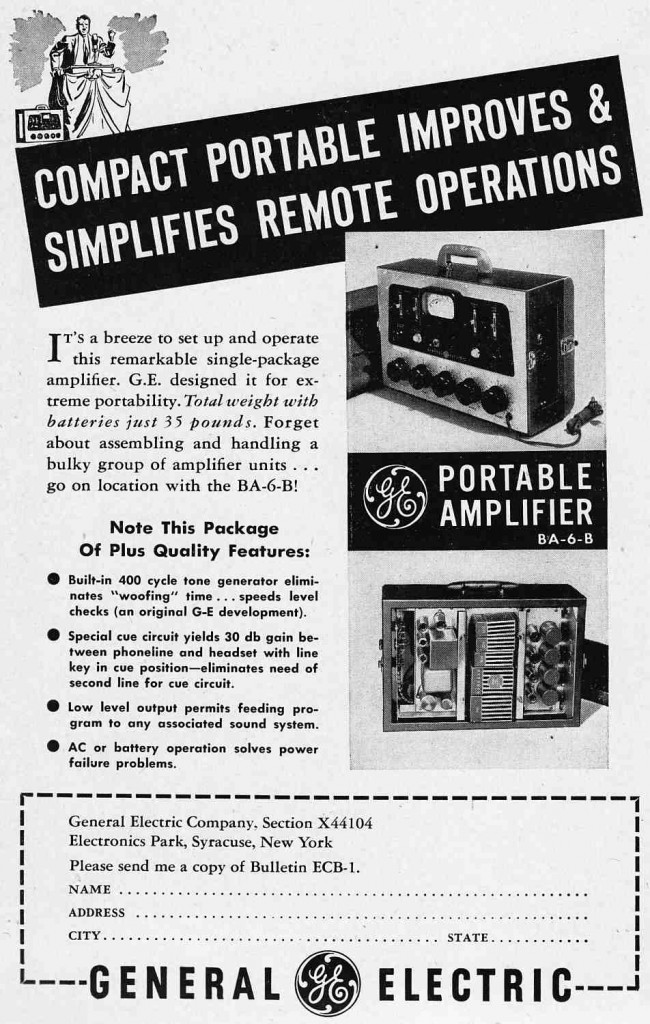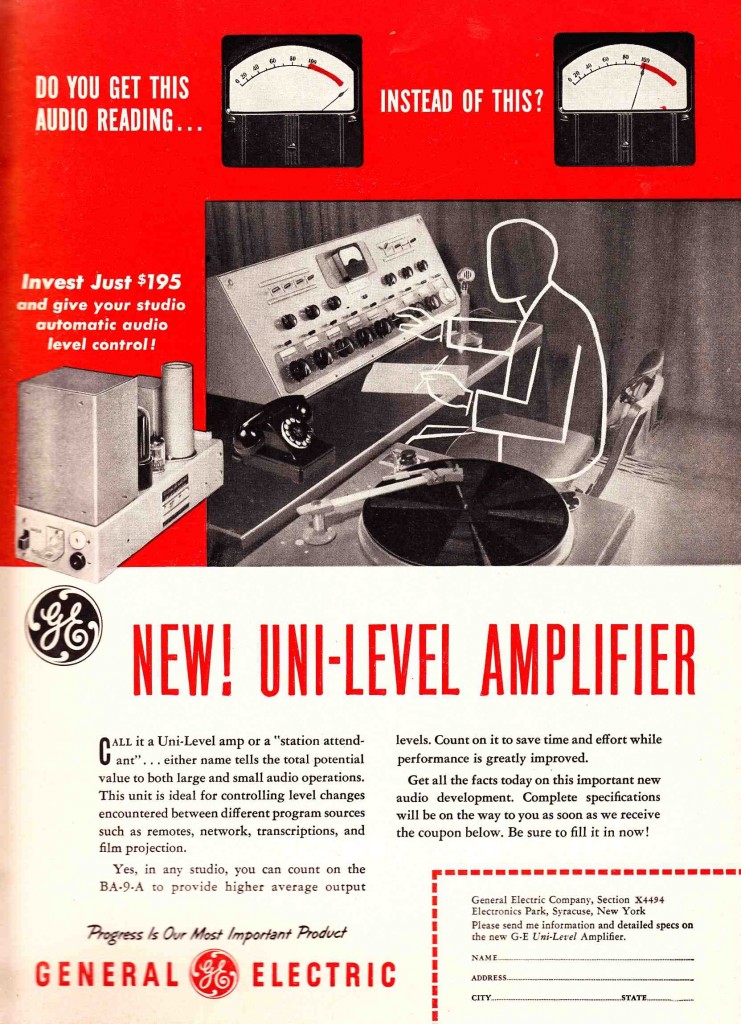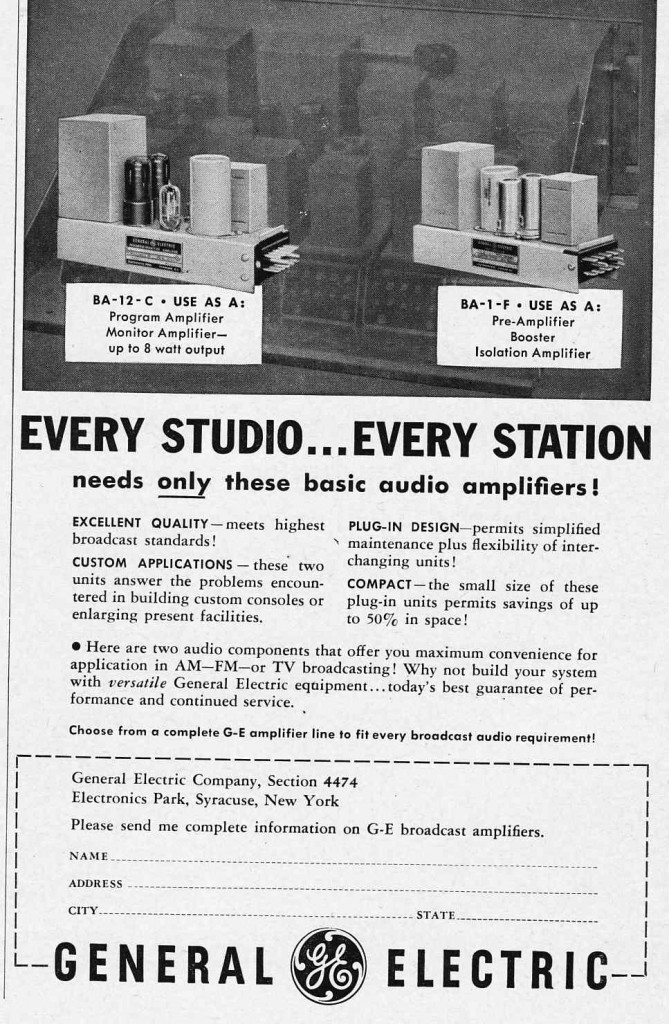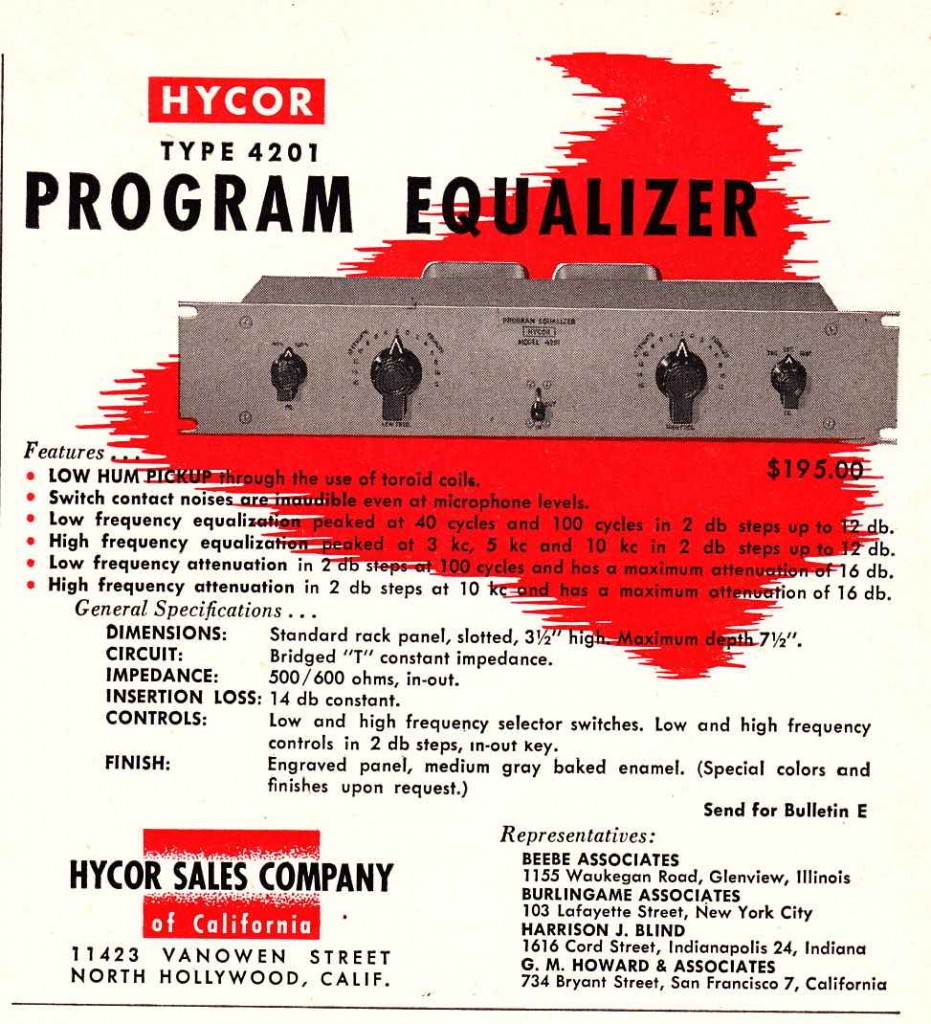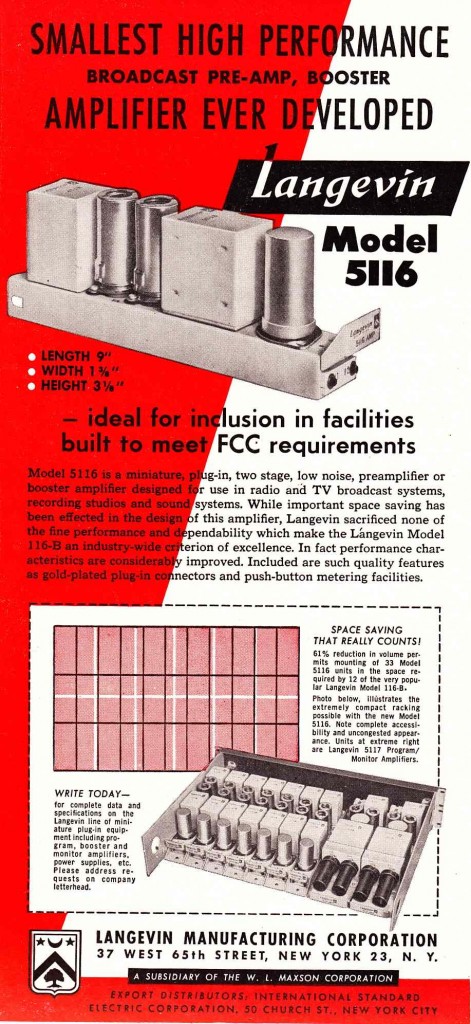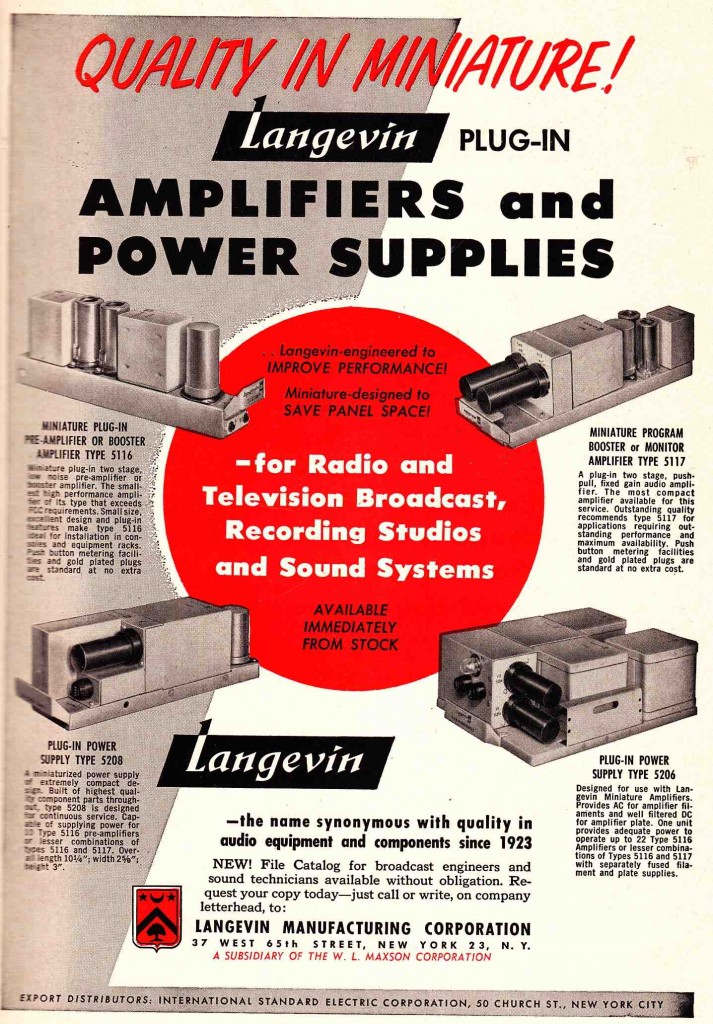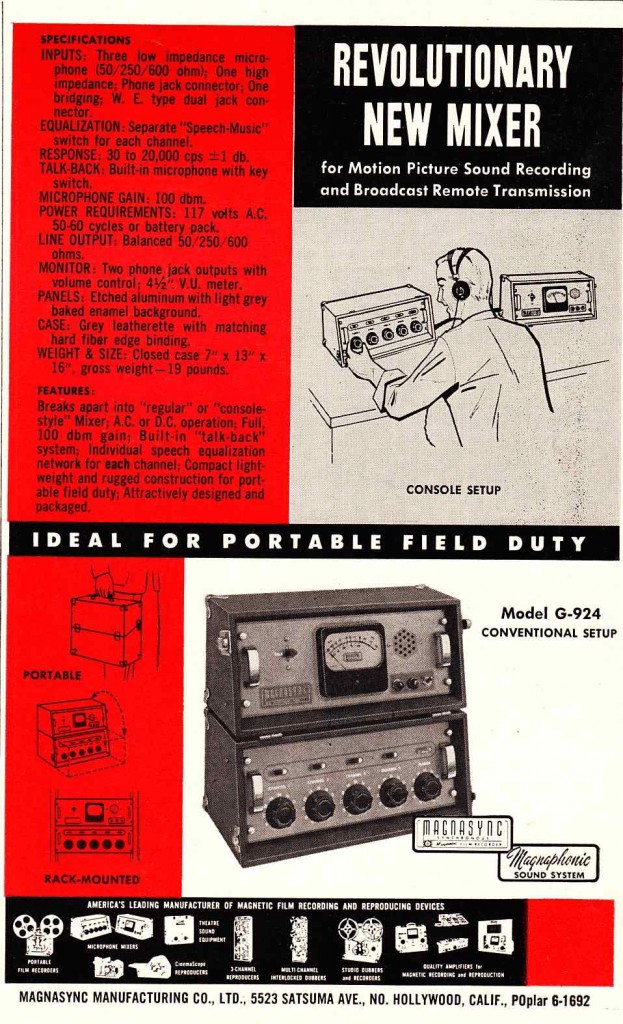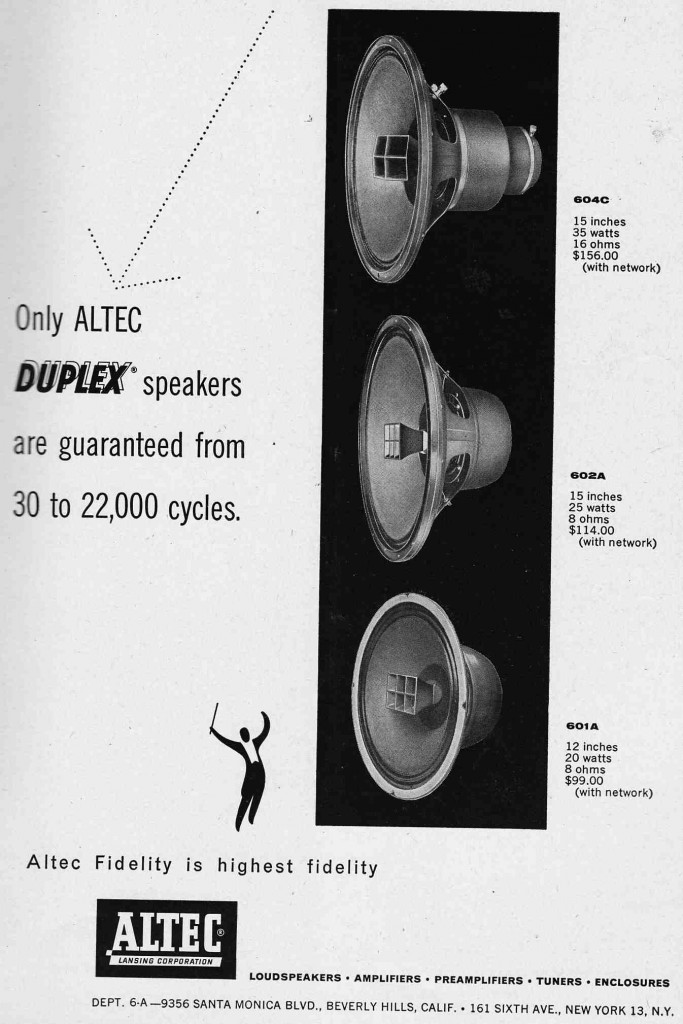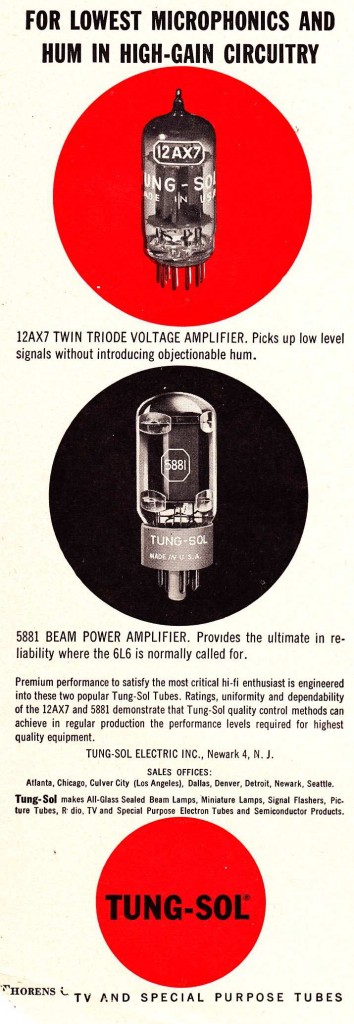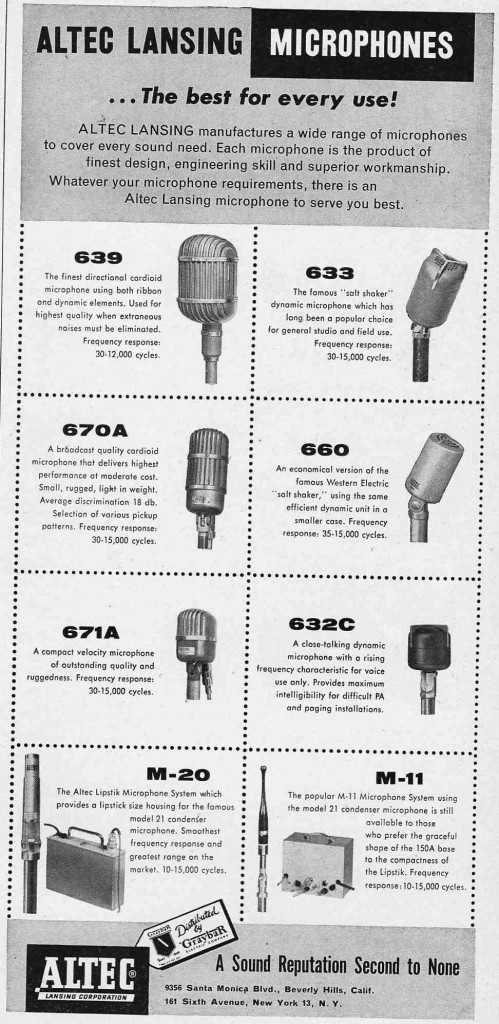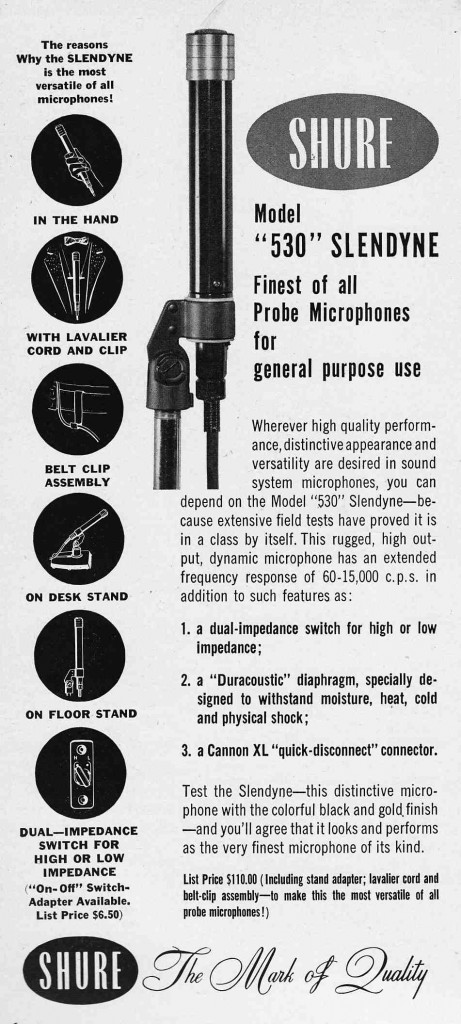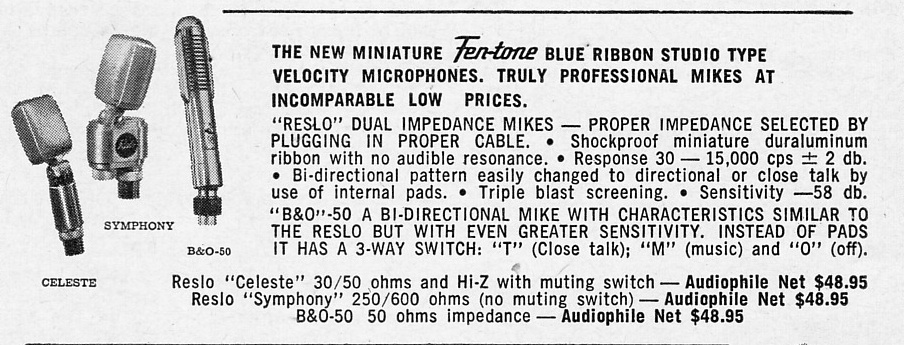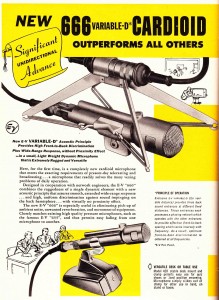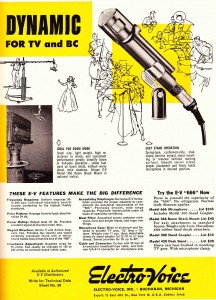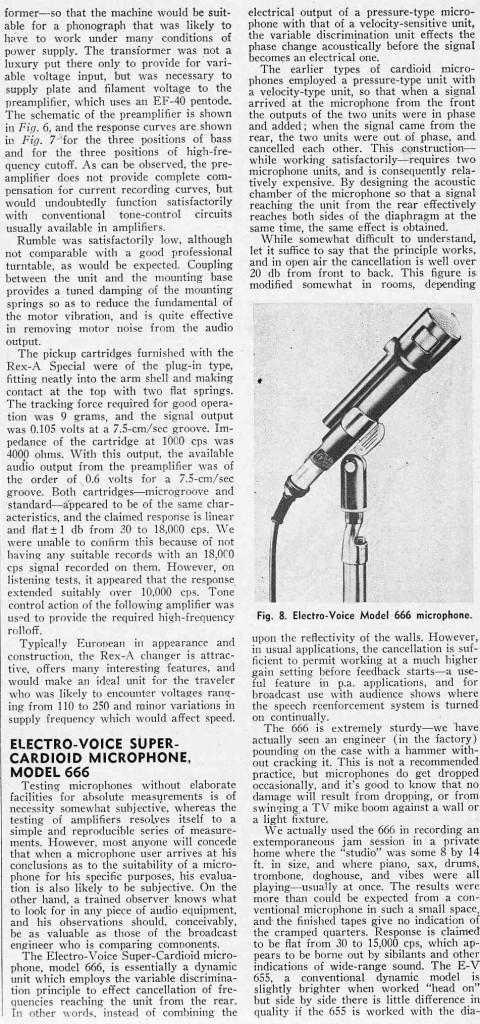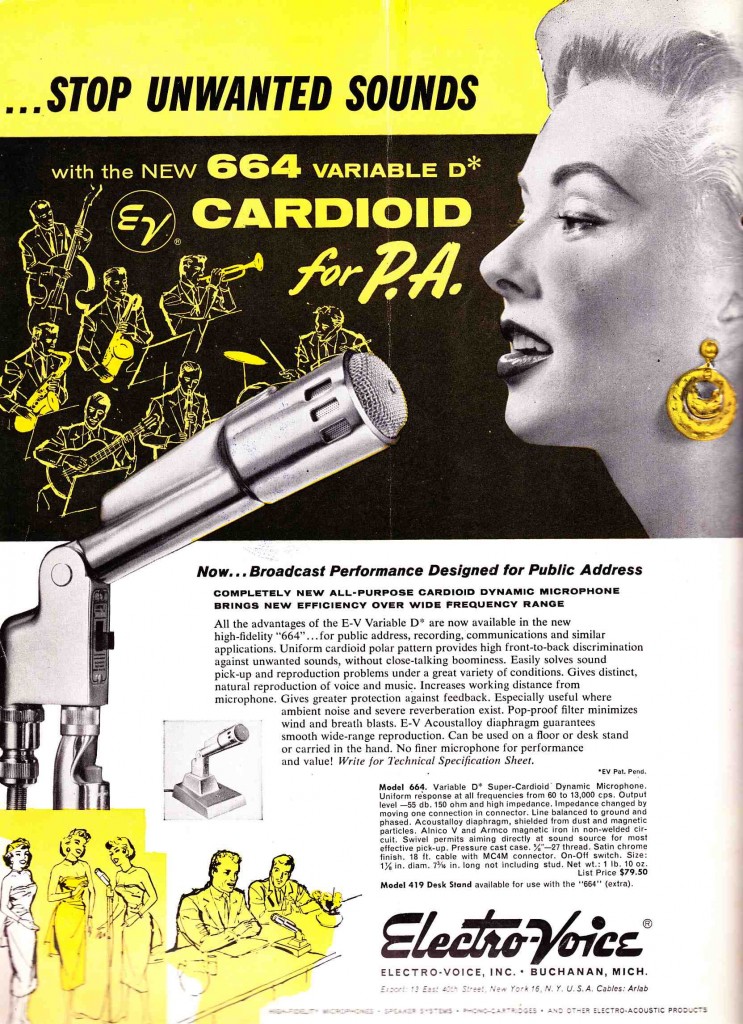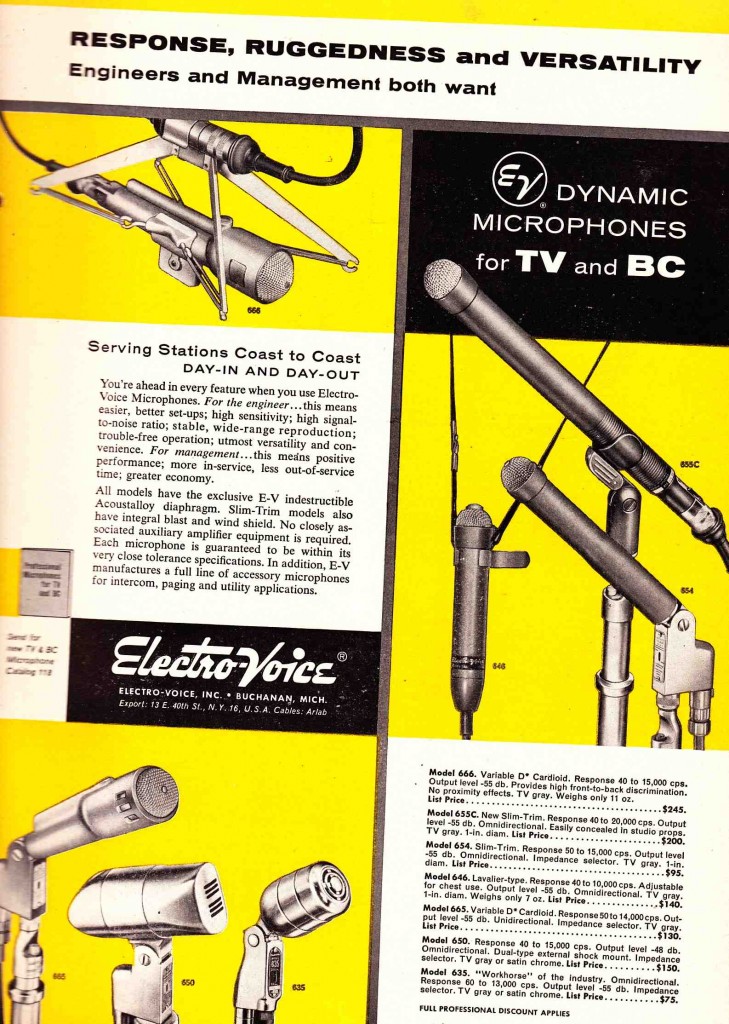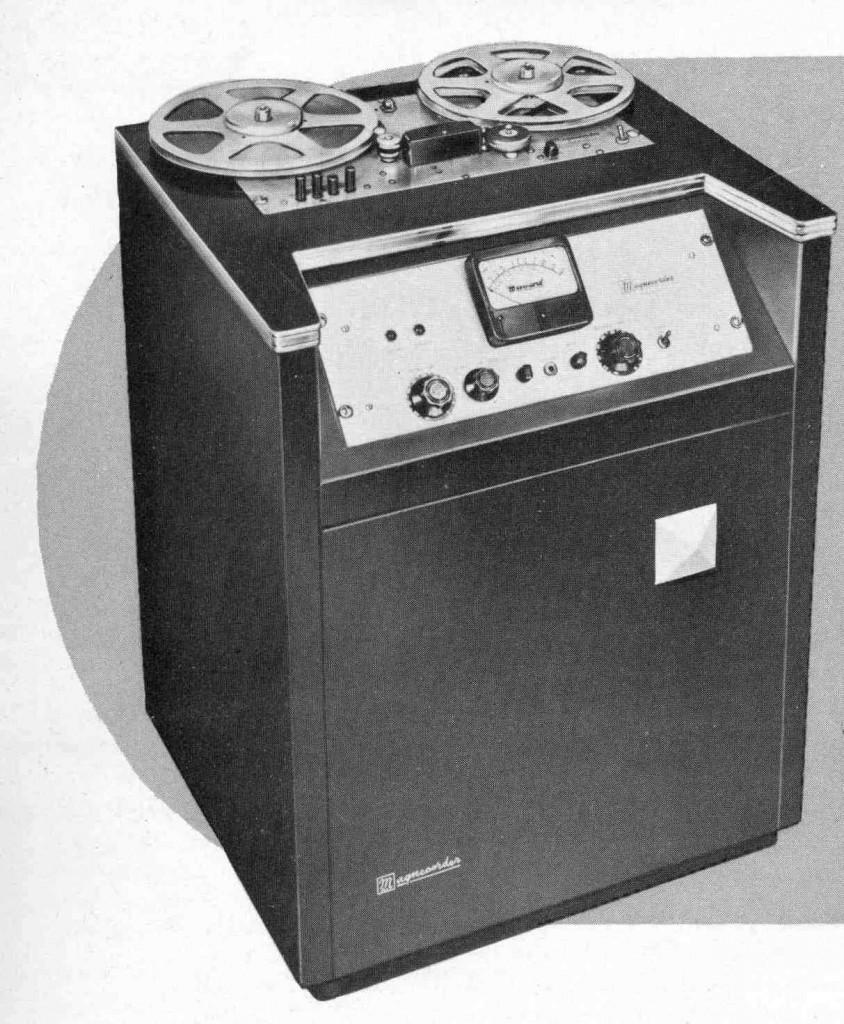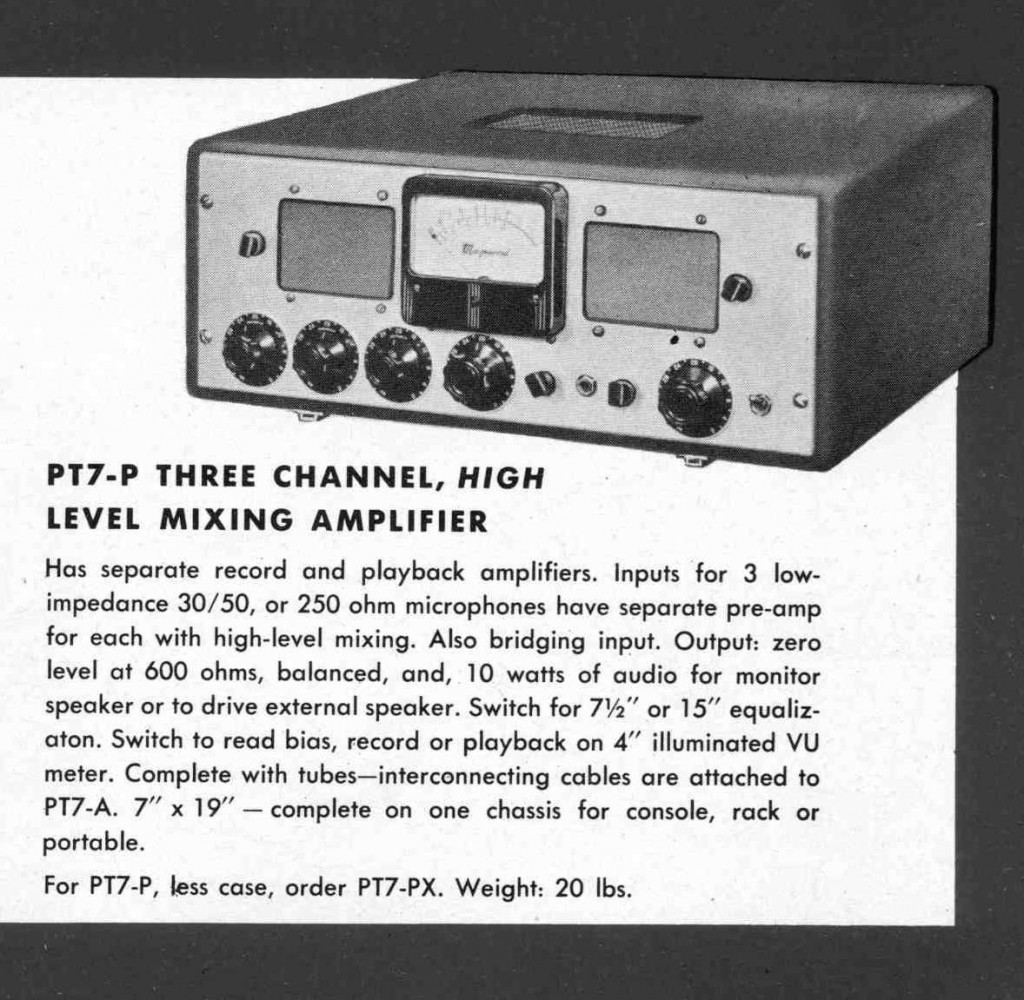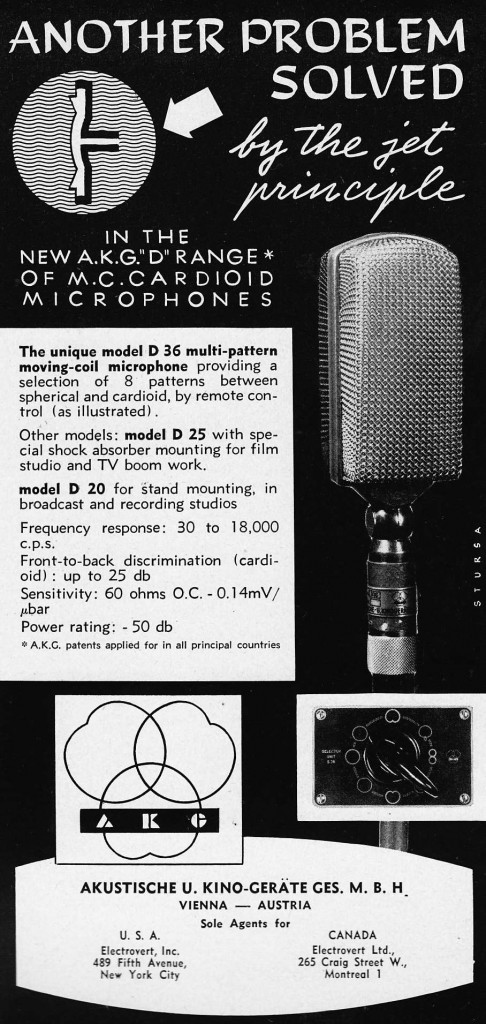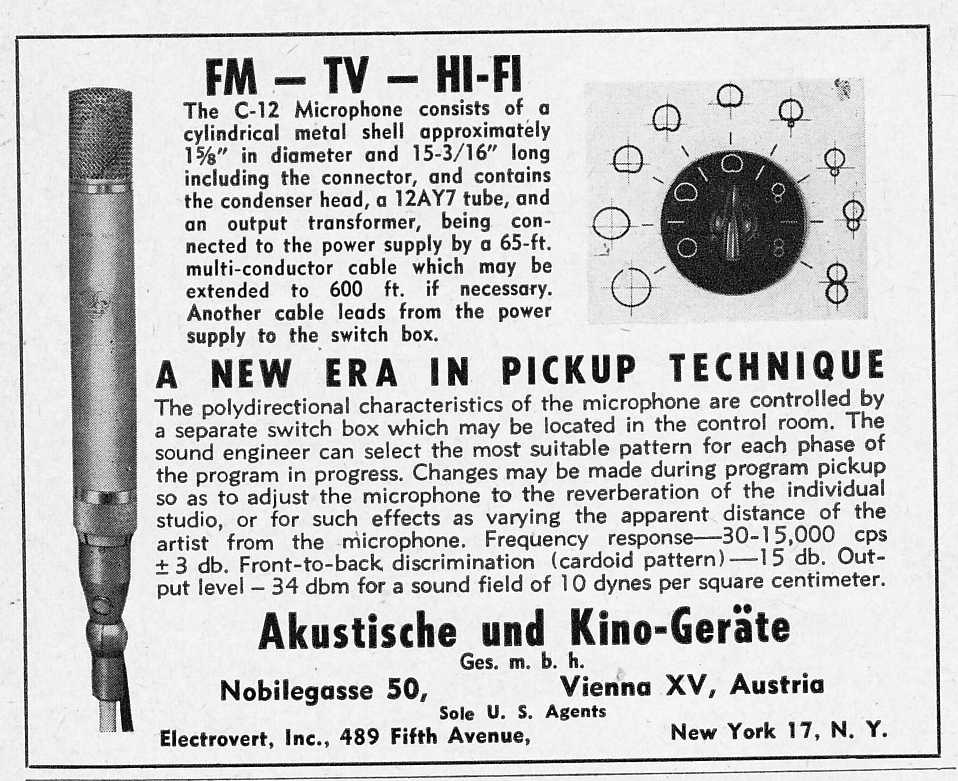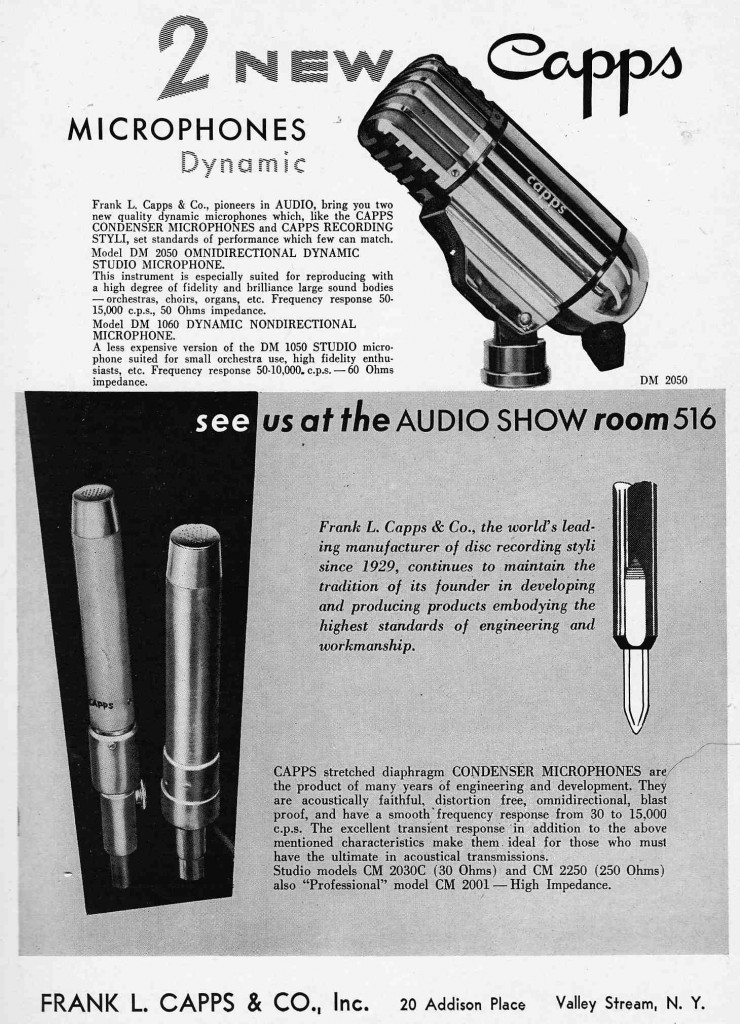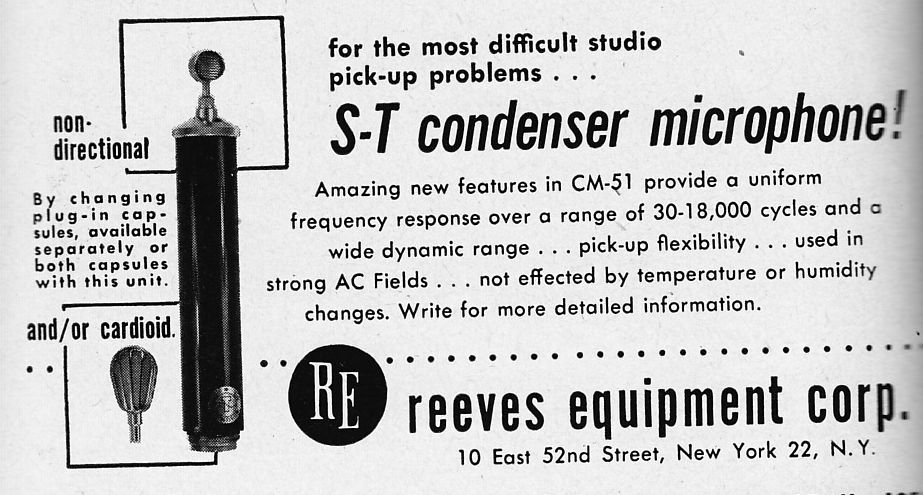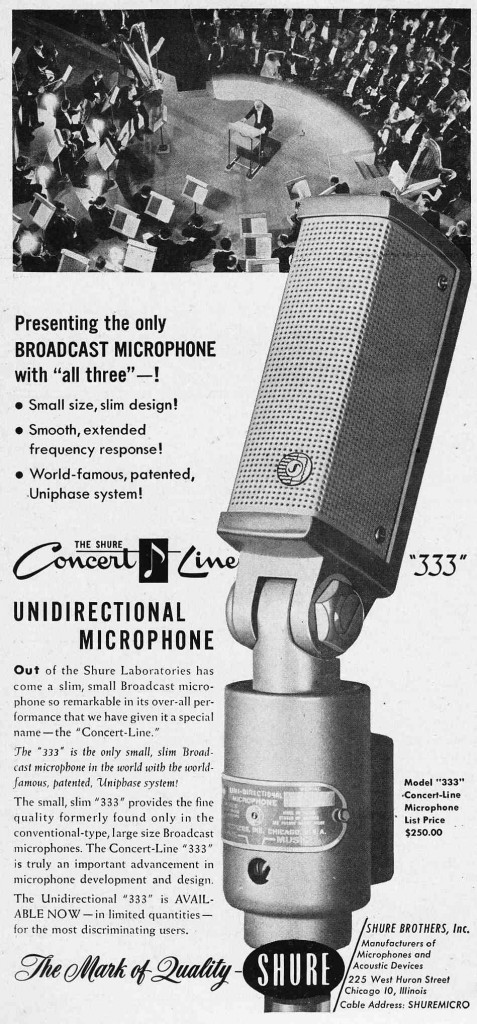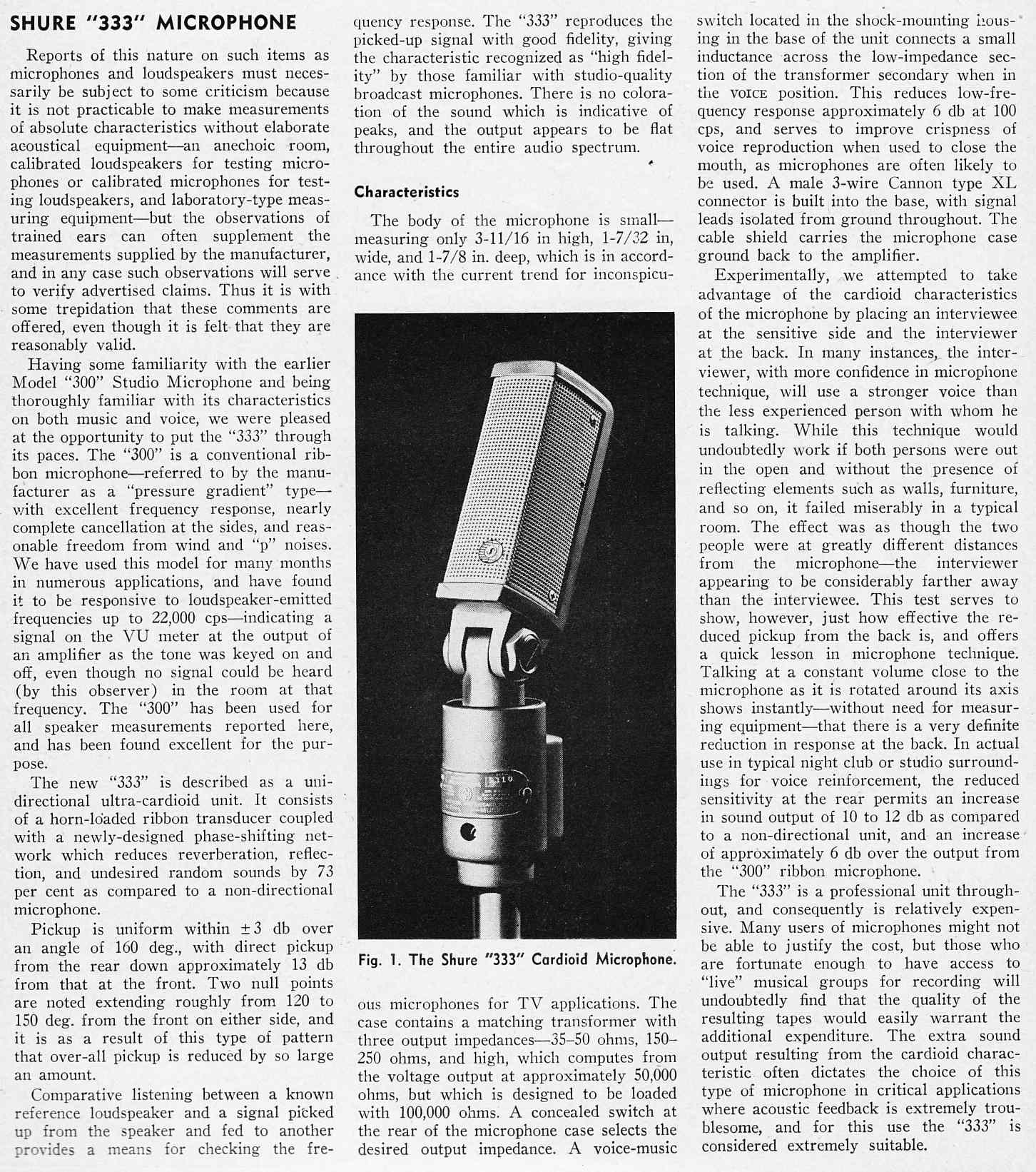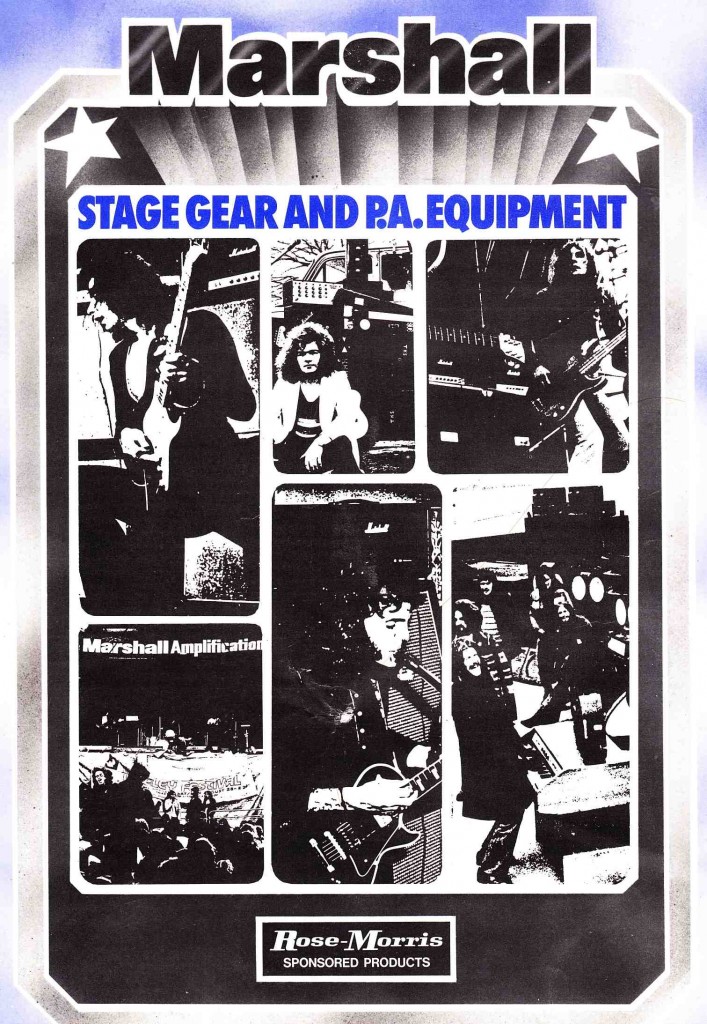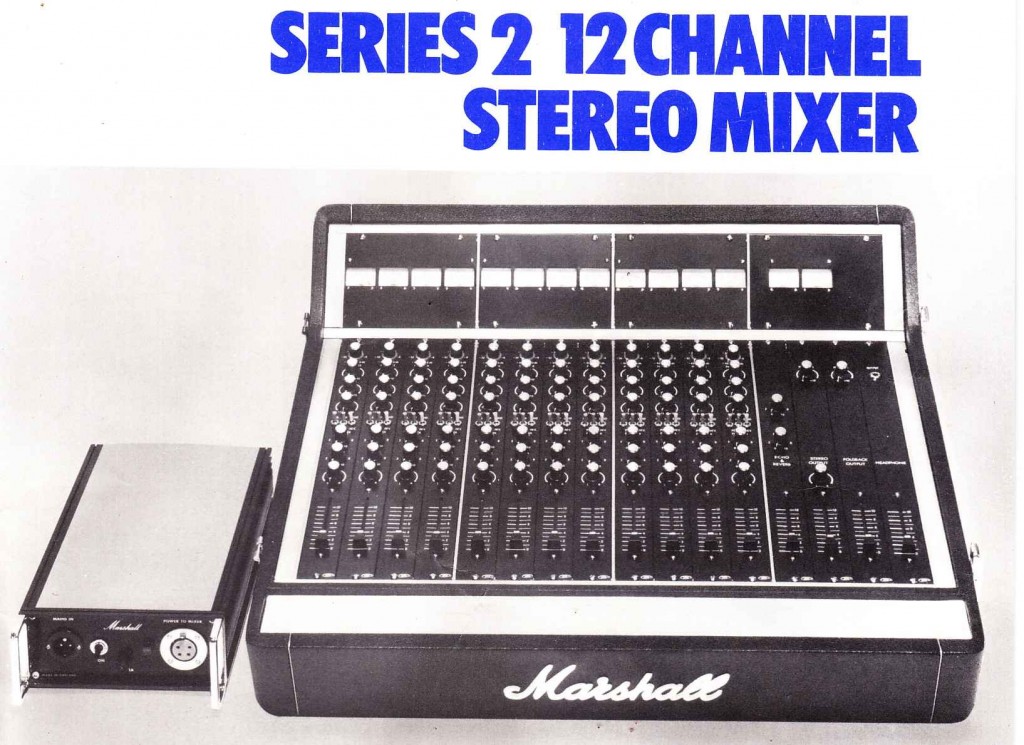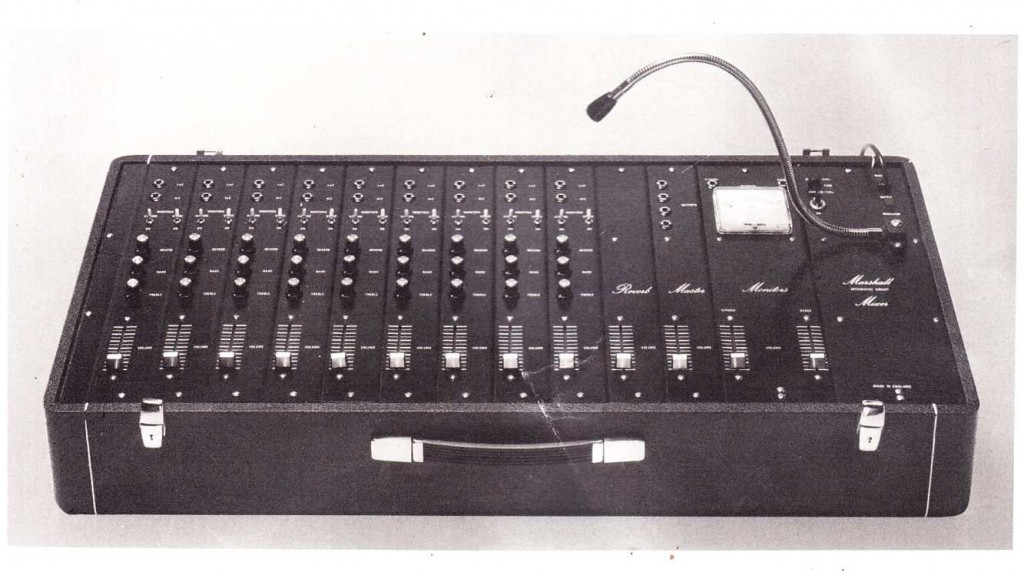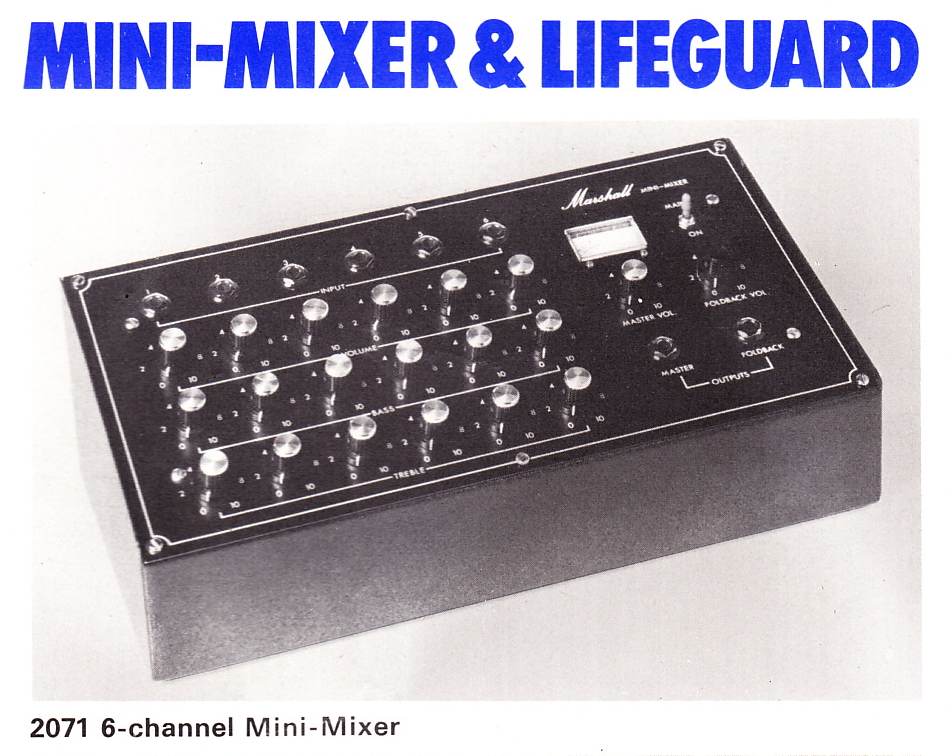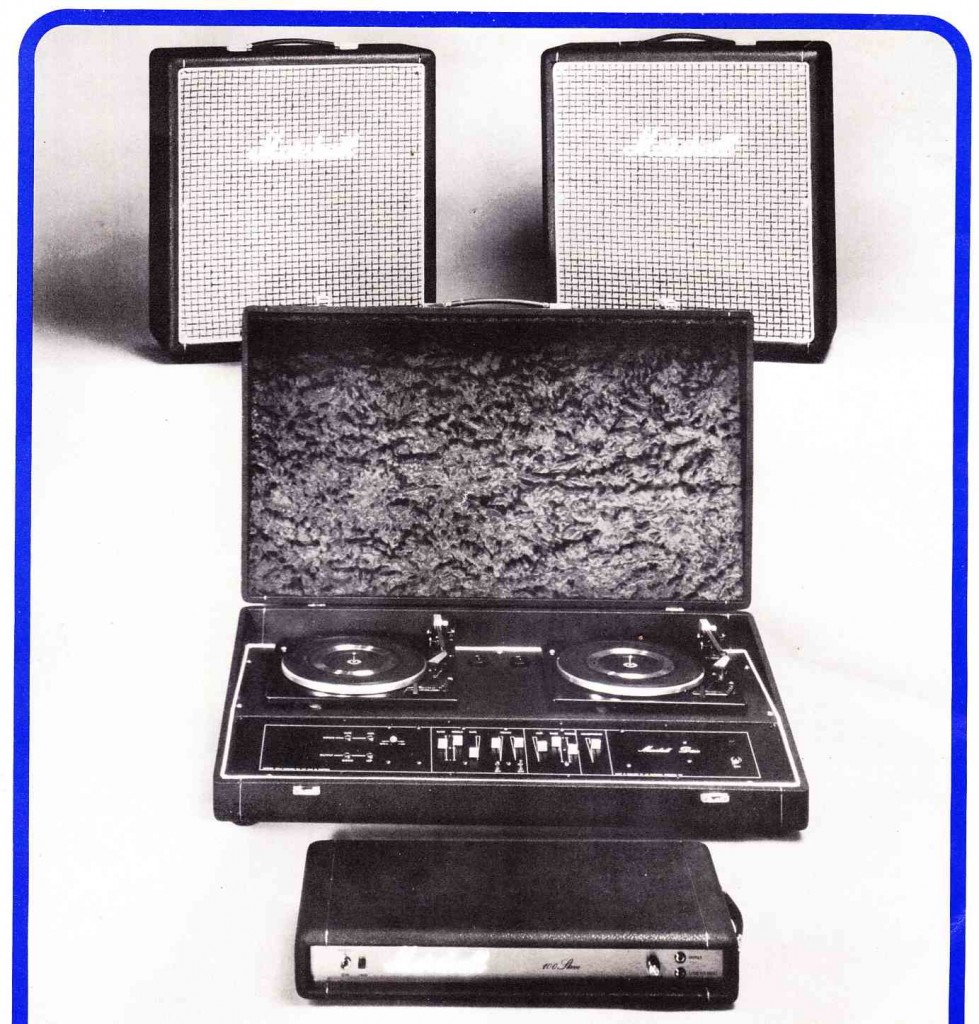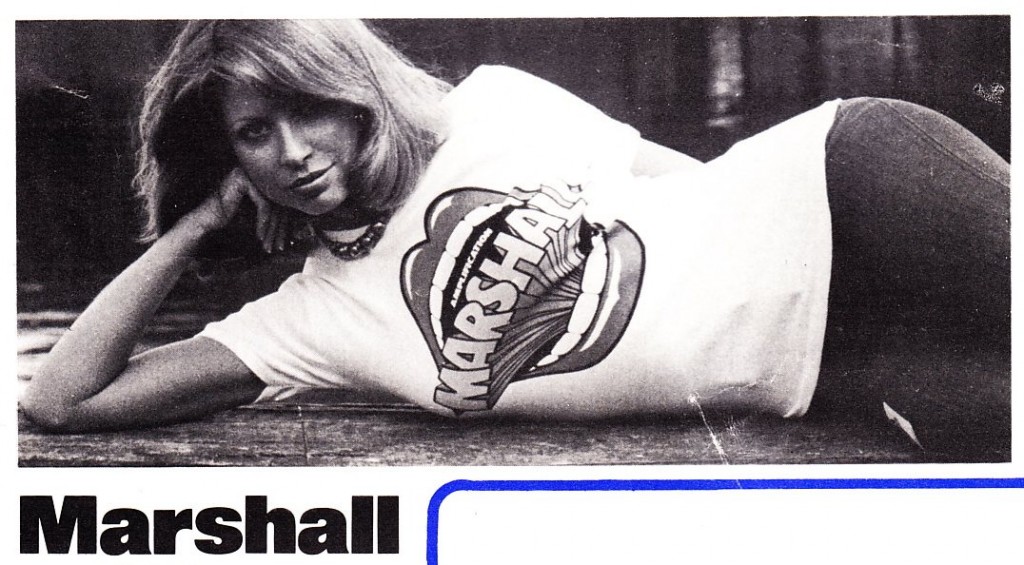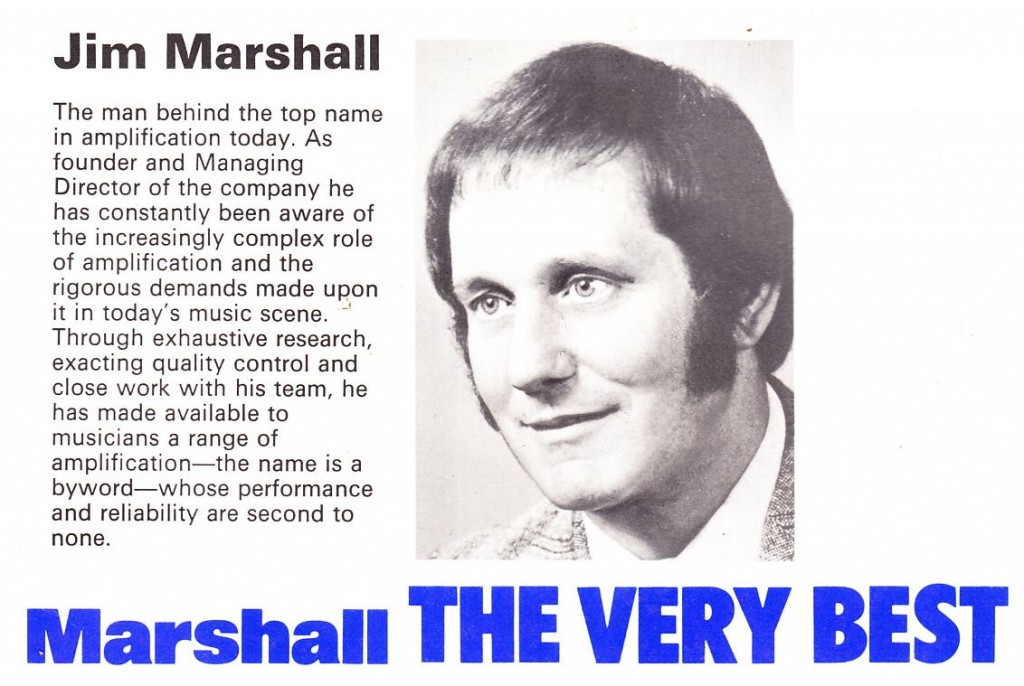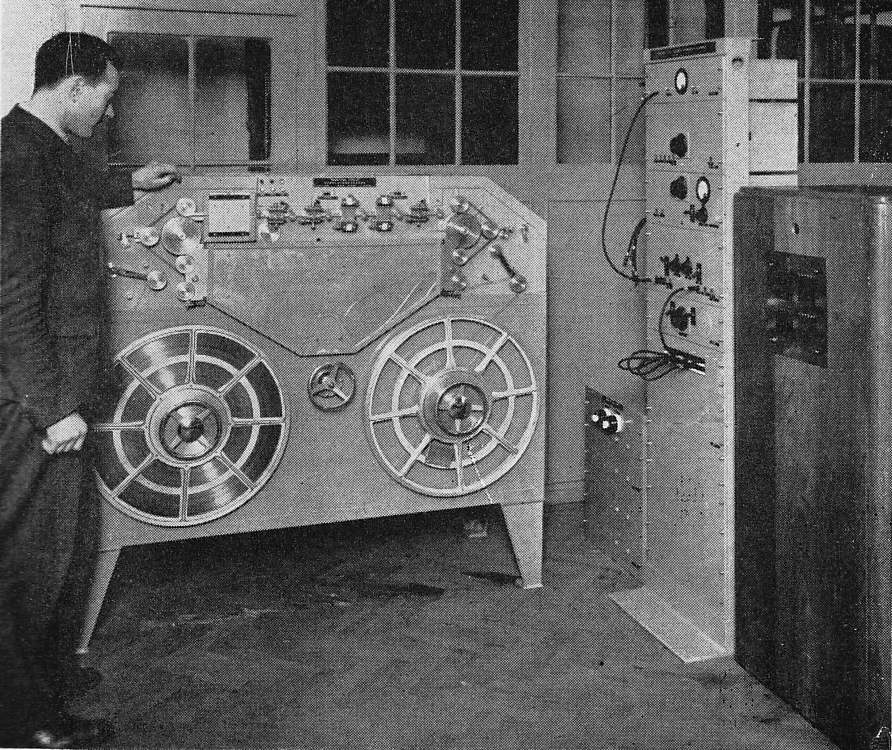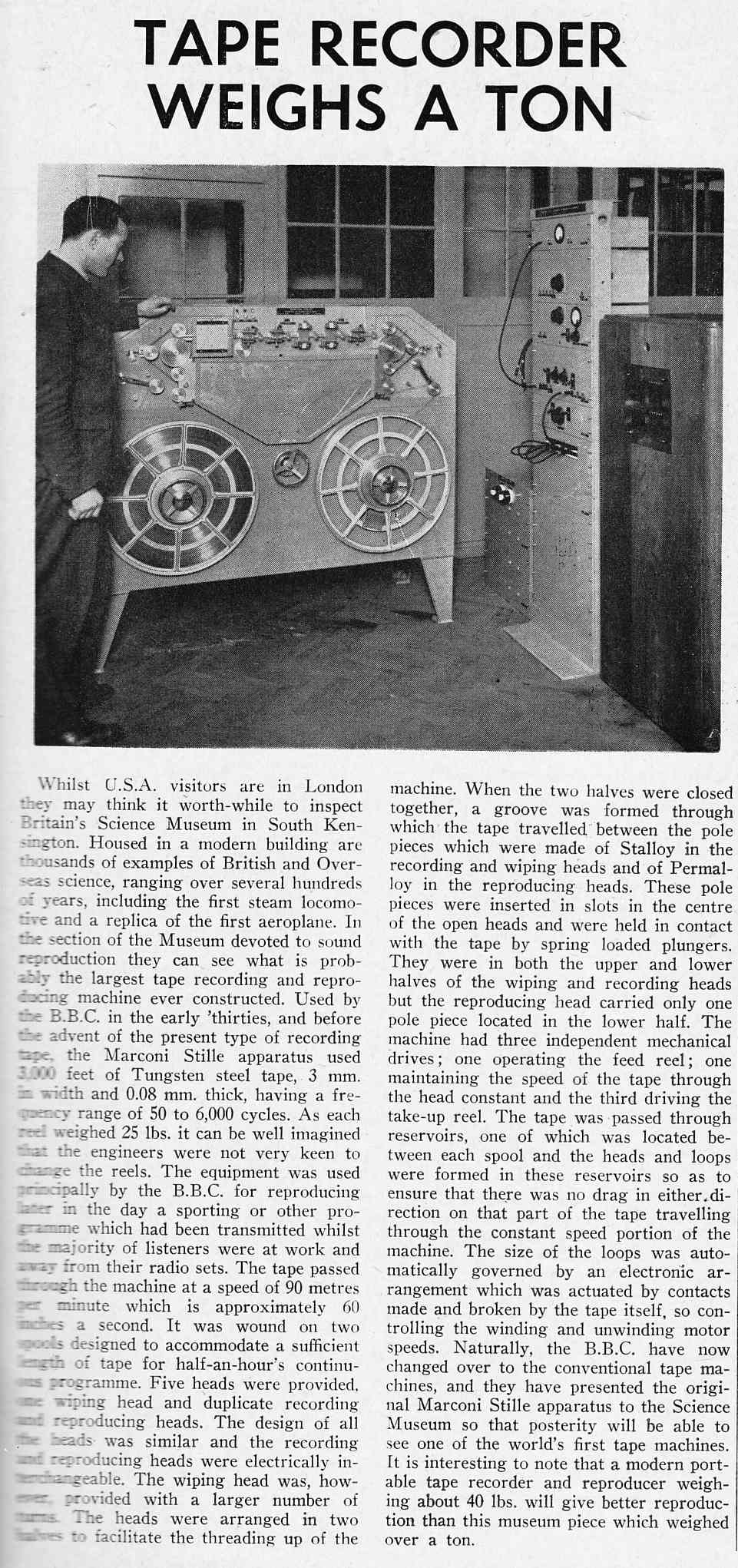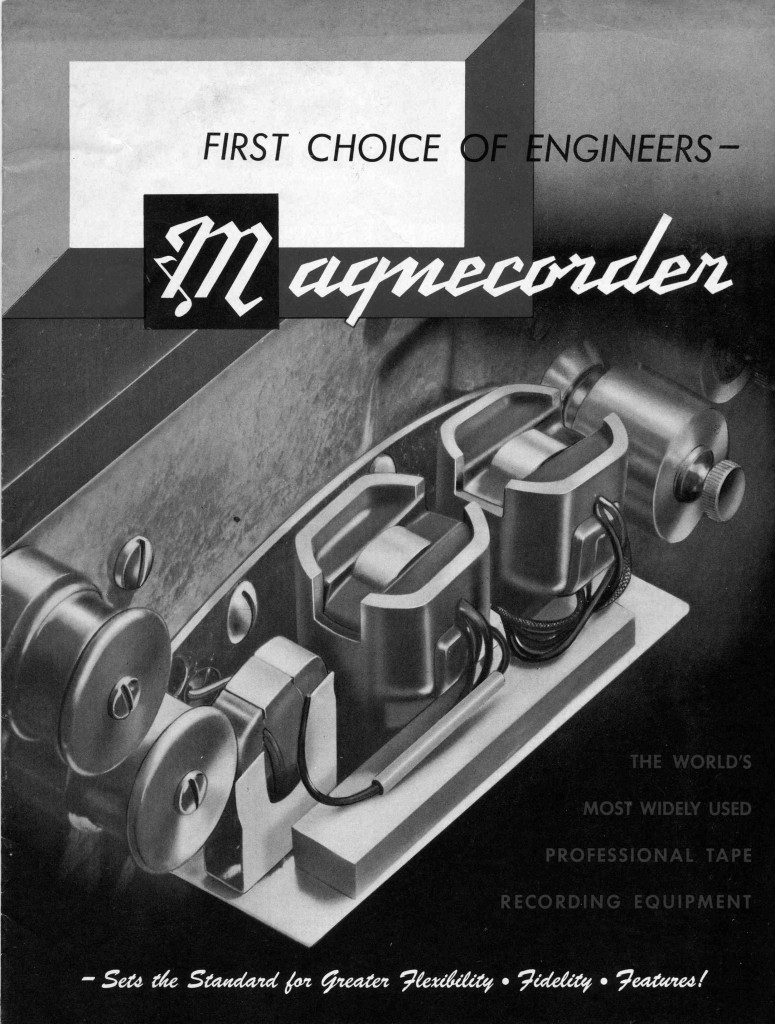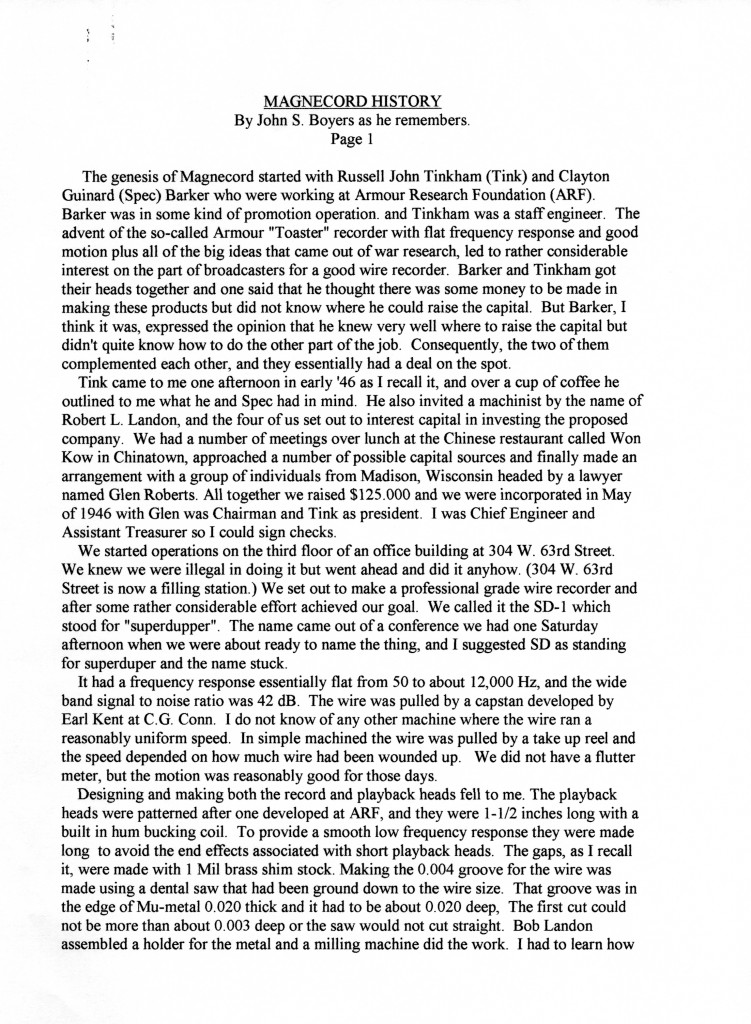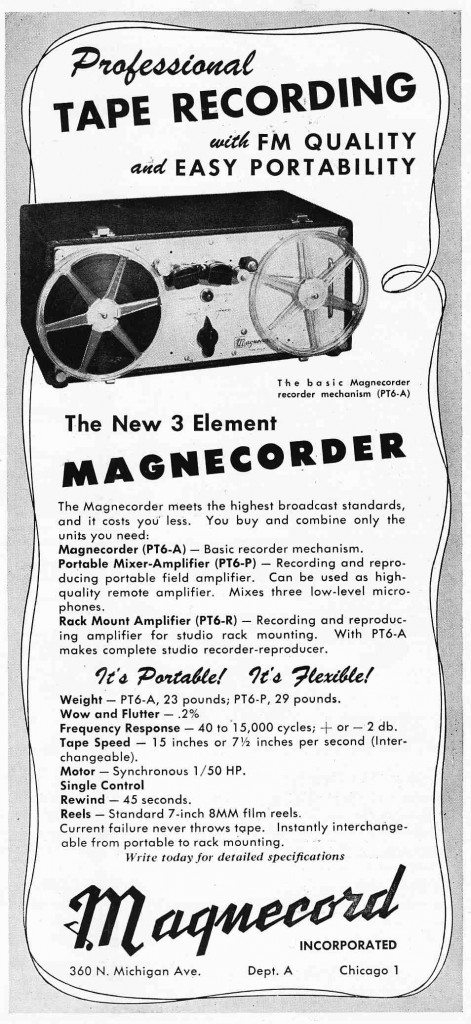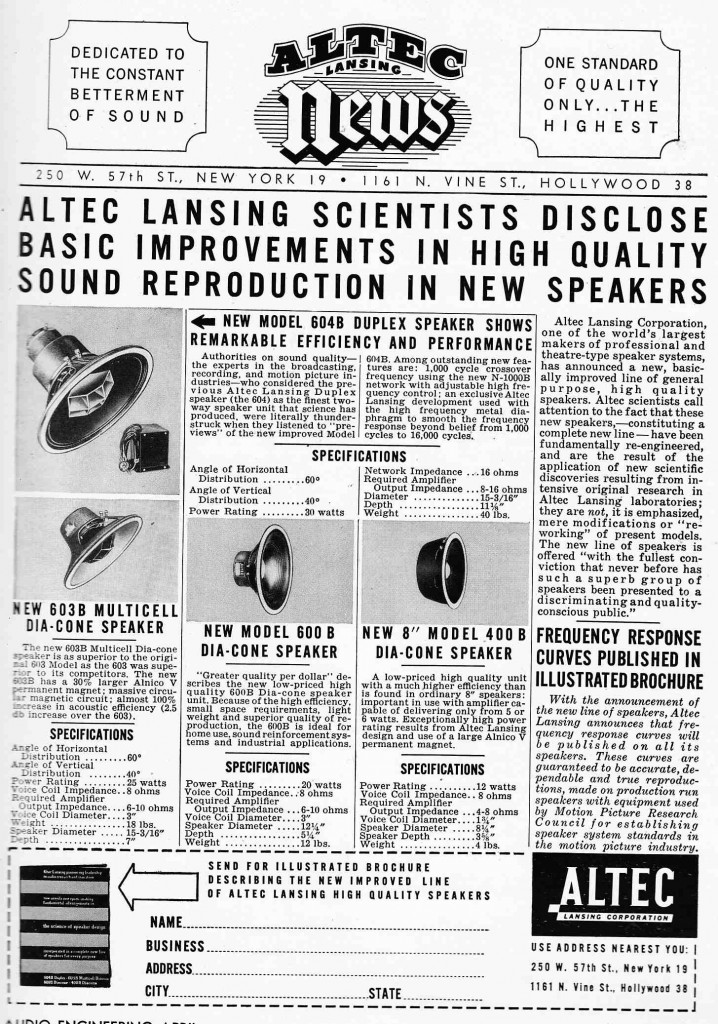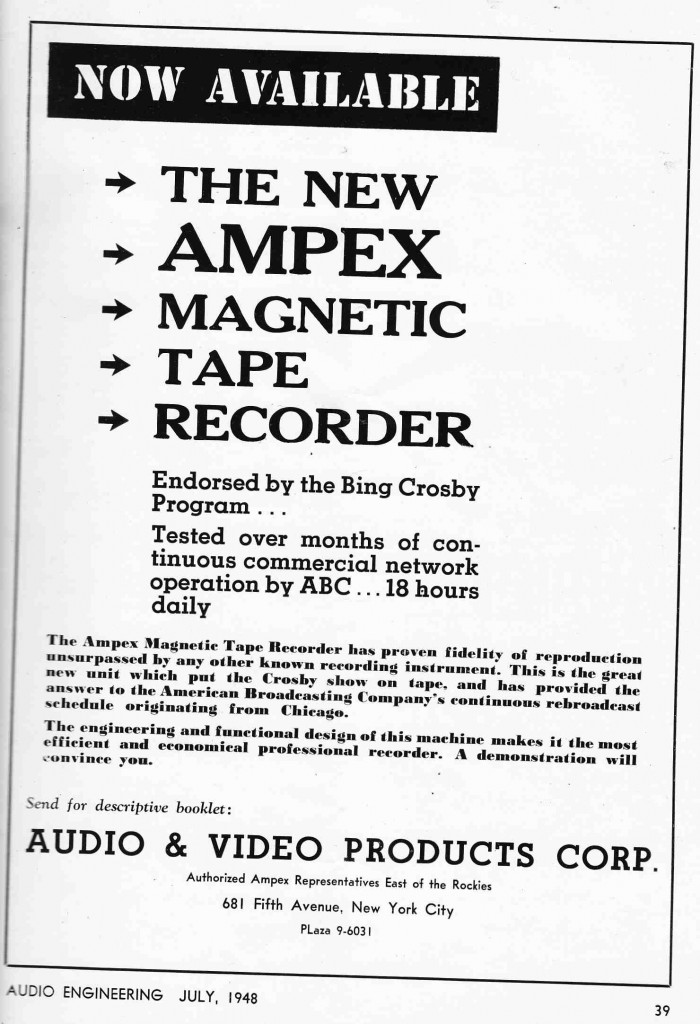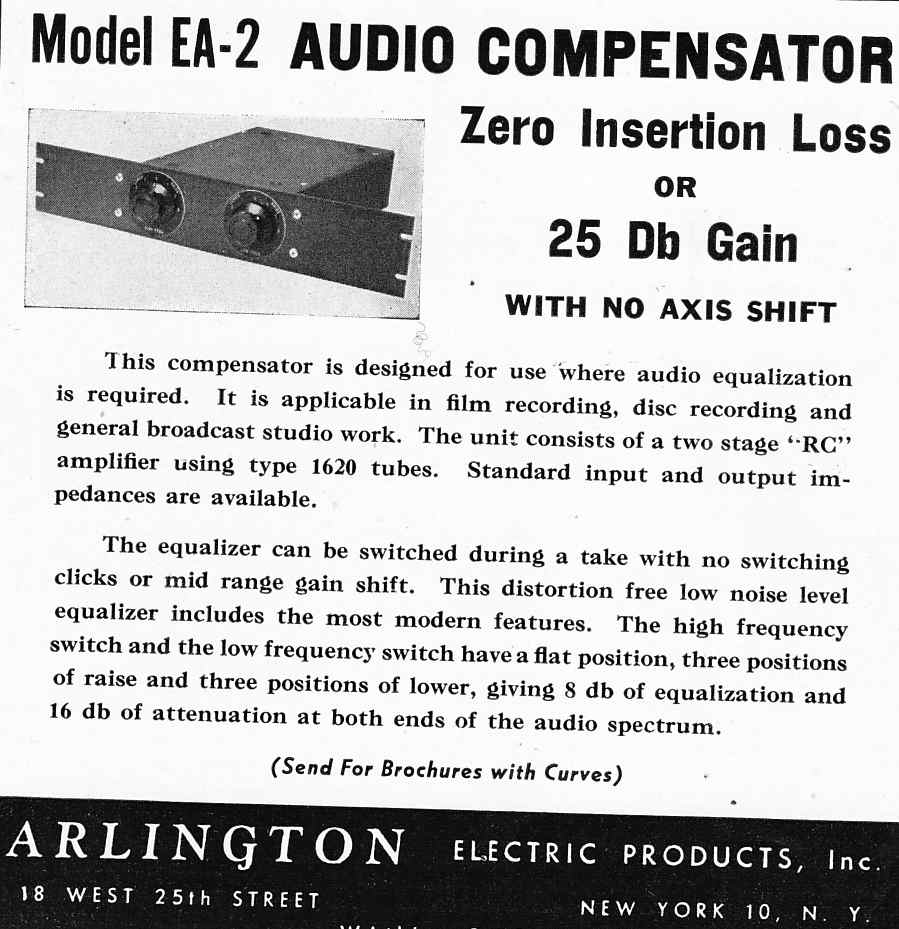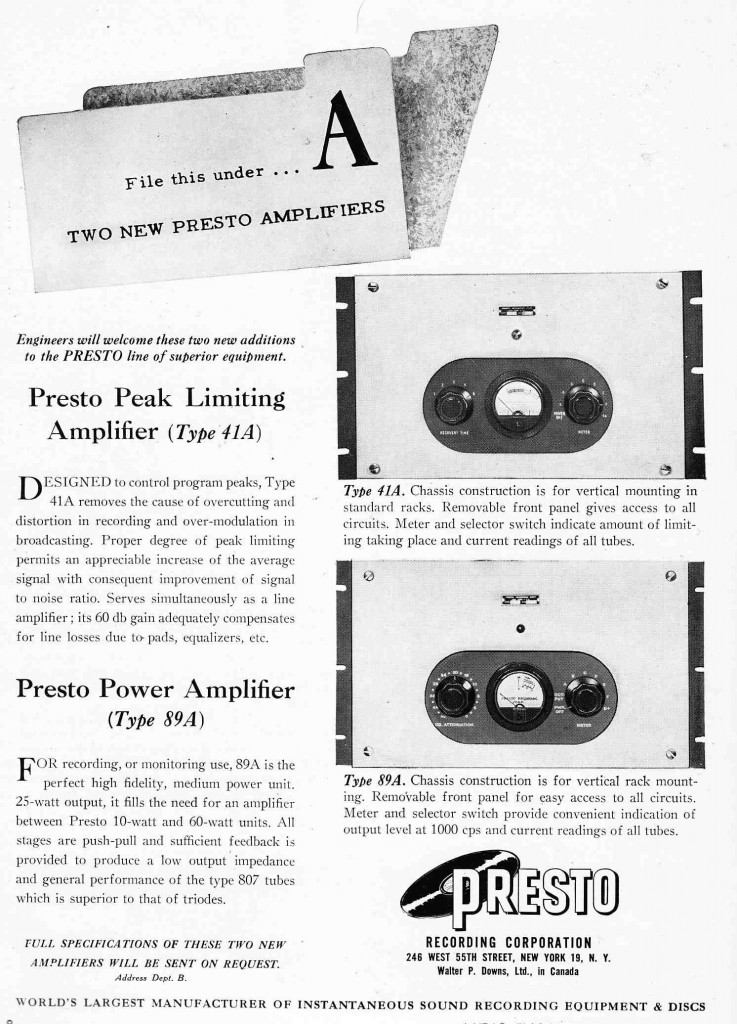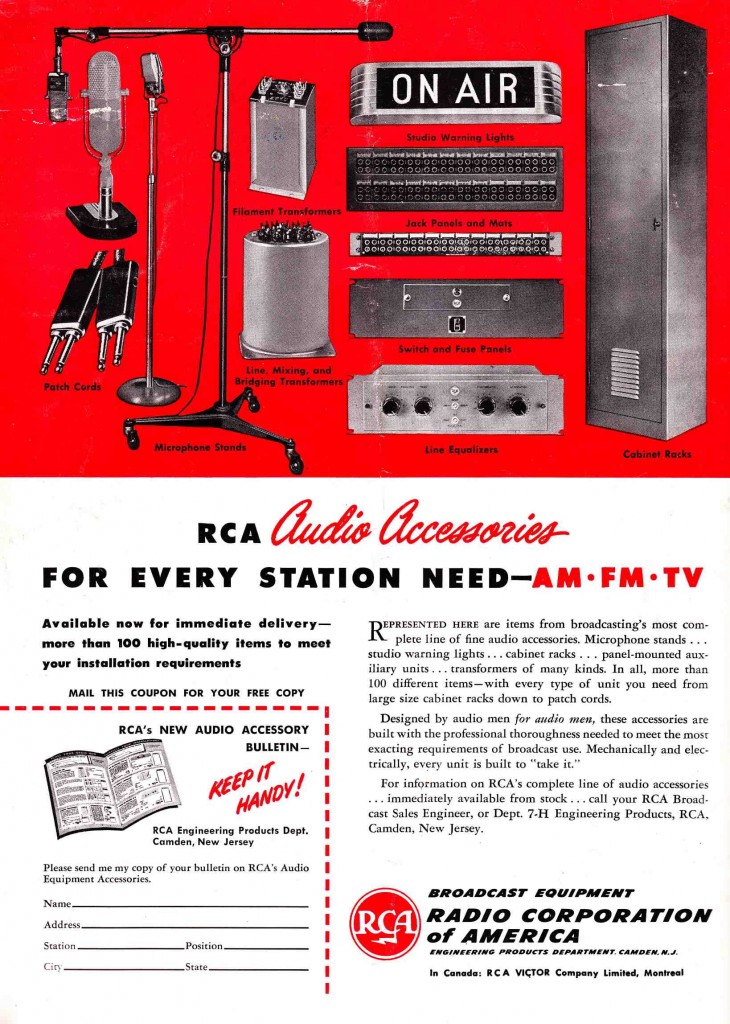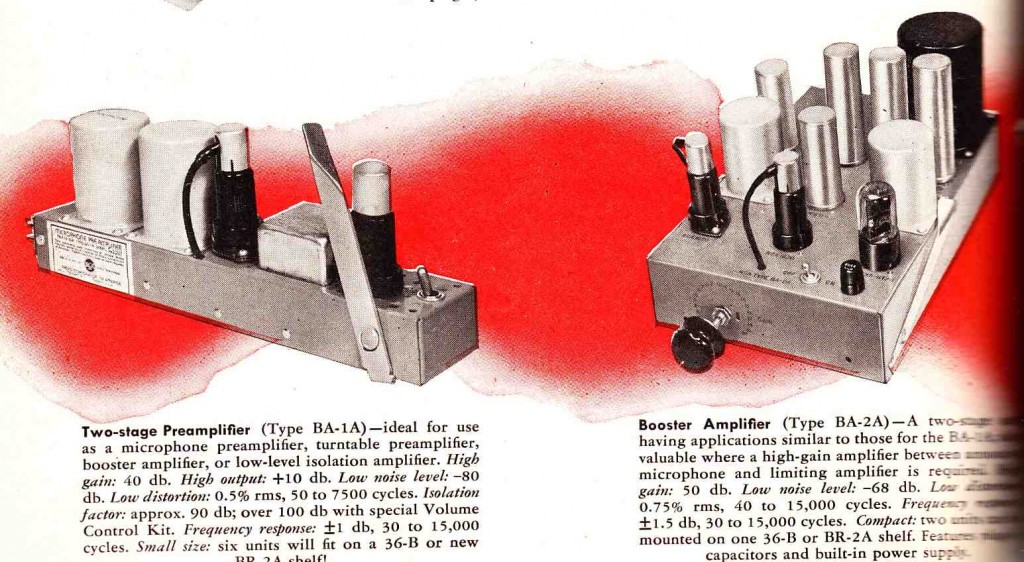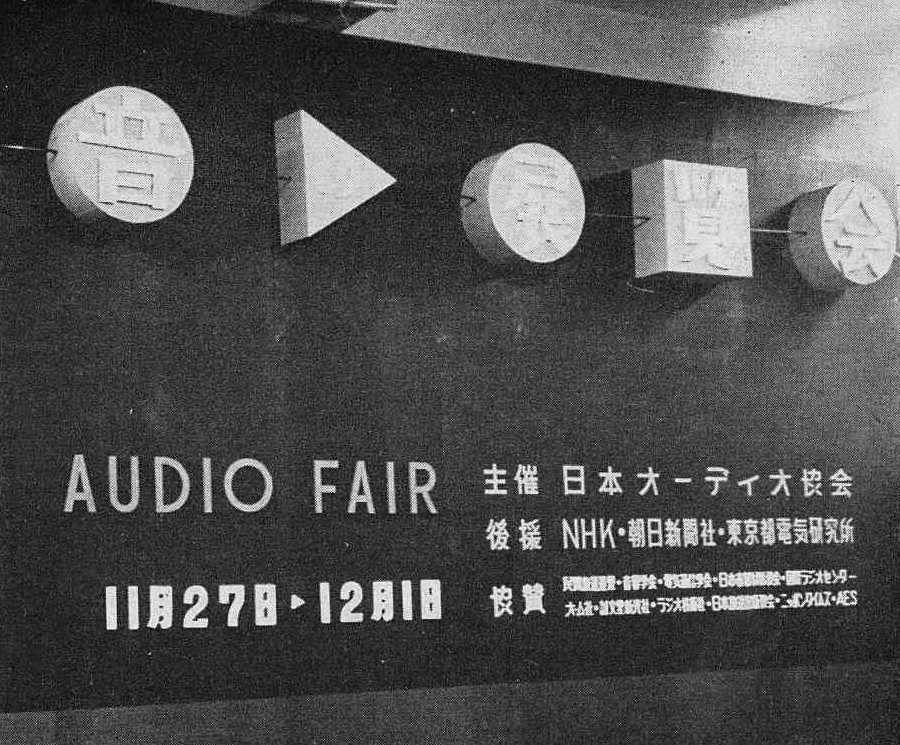
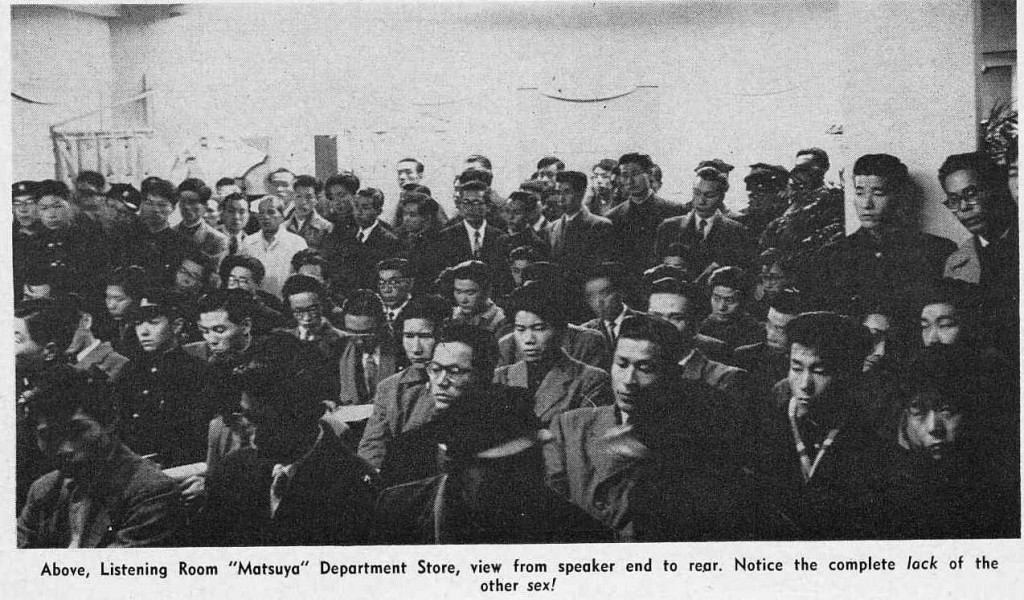 Download a three-page 1955 article entitled “Japan Goes Hi-Fi” as originally published in AUDIO magazine.
Download a three-page 1955 article entitled “Japan Goes Hi-Fi” as originally published in AUDIO magazine.
DOWNLOAD: Japan_Goes_hifi_1955
The article concerns an early Hi-Fi show in Tokyo. Postwar Japan had sufficiently moved beyond the subsistence level to indulge in luxury-leisure pursuits; soon Japan would come to dominate the world in the electronics field.
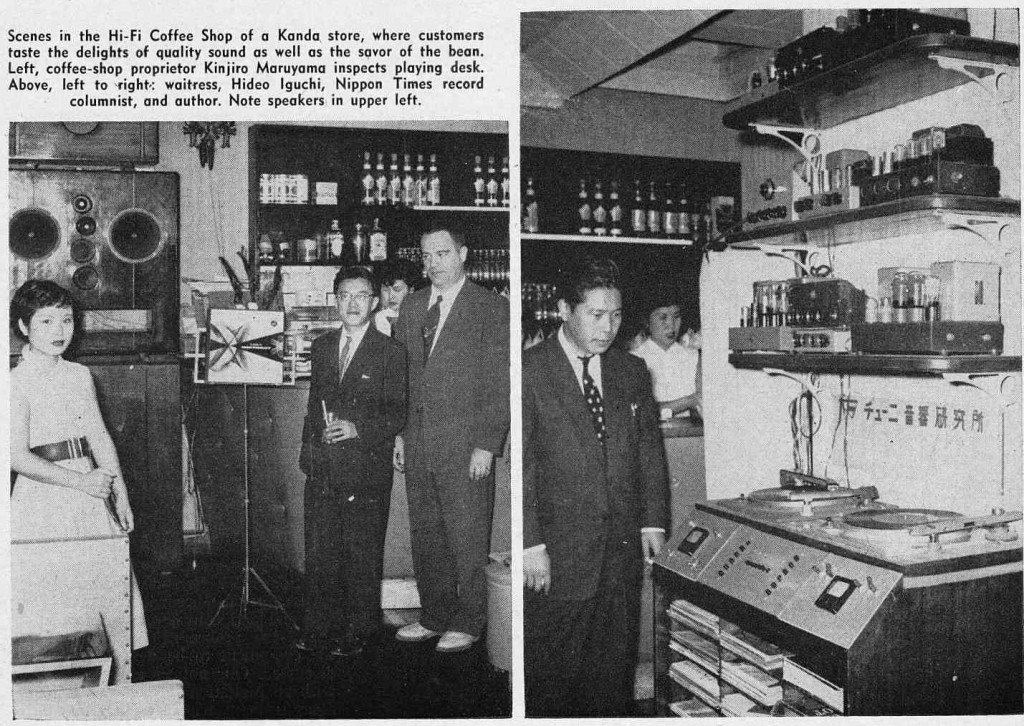 The ‘hi-fi coffee shop’ pictured above may seem like a quirky anomaly, but you would be amazed at the sound systems on display in even modest Japanese bars and restaurants. The last time I was in Japan, we stayed at a bed and breakfast in the mountains of Hokkaido; upon arrival at the inn, my jaw dropped when I saw that the sound system in the lounge consisted of a JBL Paragon speaker and huge McIntosh tube amplifiers. It’s hard to say exactly why this trend developed, but if you spend any time in Japan, I think it’s clear that ‘excellence’ in general is an important concept in Japanese culture.
The ‘hi-fi coffee shop’ pictured above may seem like a quirky anomaly, but you would be amazed at the sound systems on display in even modest Japanese bars and restaurants. The last time I was in Japan, we stayed at a bed and breakfast in the mountains of Hokkaido; upon arrival at the inn, my jaw dropped when I saw that the sound system in the lounge consisted of a JBL Paragon speaker and huge McIntosh tube amplifiers. It’s hard to say exactly why this trend developed, but if you spend any time in Japan, I think it’s clear that ‘excellence’ in general is an important concept in Japanese culture.
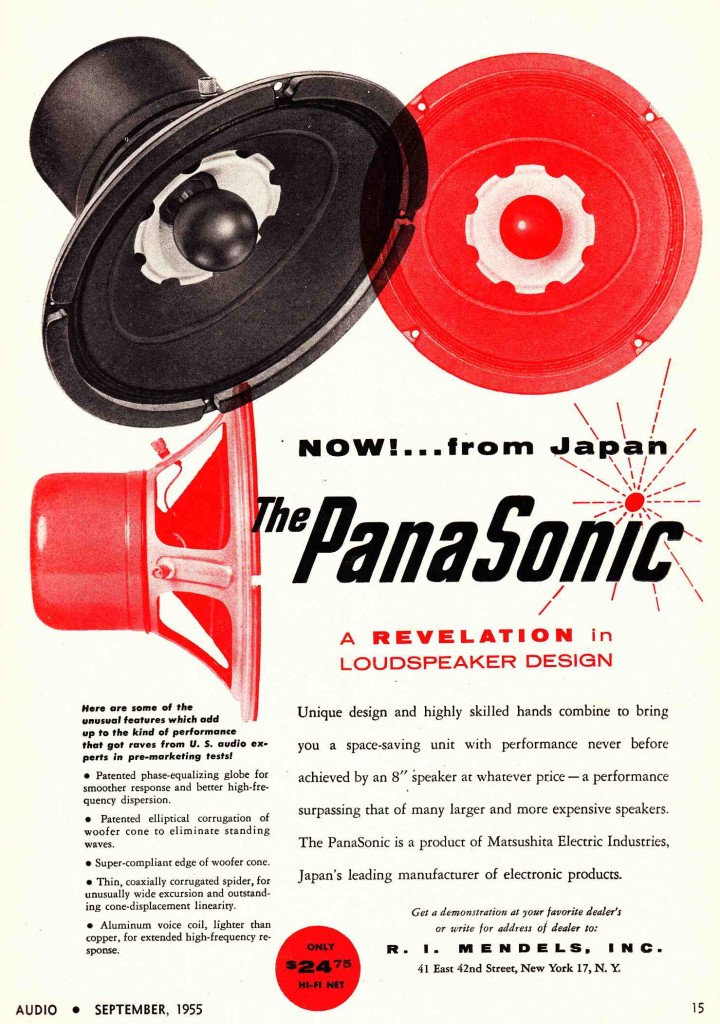 Above is a 1955 advert for The Panasonic. Not ‘a Pansonic,’ but THE Panasonic. The Panasonic was a single product introduced for the US market by the Matsushita corporation: an 8″ full-range hi-fi driver. Panasonic would soon grow into an entire global electronics brand, second only to SONY as an ambassador of the Japanese electronics industry.
Above is a 1955 advert for The Panasonic. Not ‘a Pansonic,’ but THE Panasonic. The Panasonic was a single product introduced for the US market by the Matsushita corporation: an 8″ full-range hi-fi driver. Panasonic would soon grow into an entire global electronics brand, second only to SONY as an ambassador of the Japanese electronics industry.
Here is a 1955 review of “The Panasonic:”
